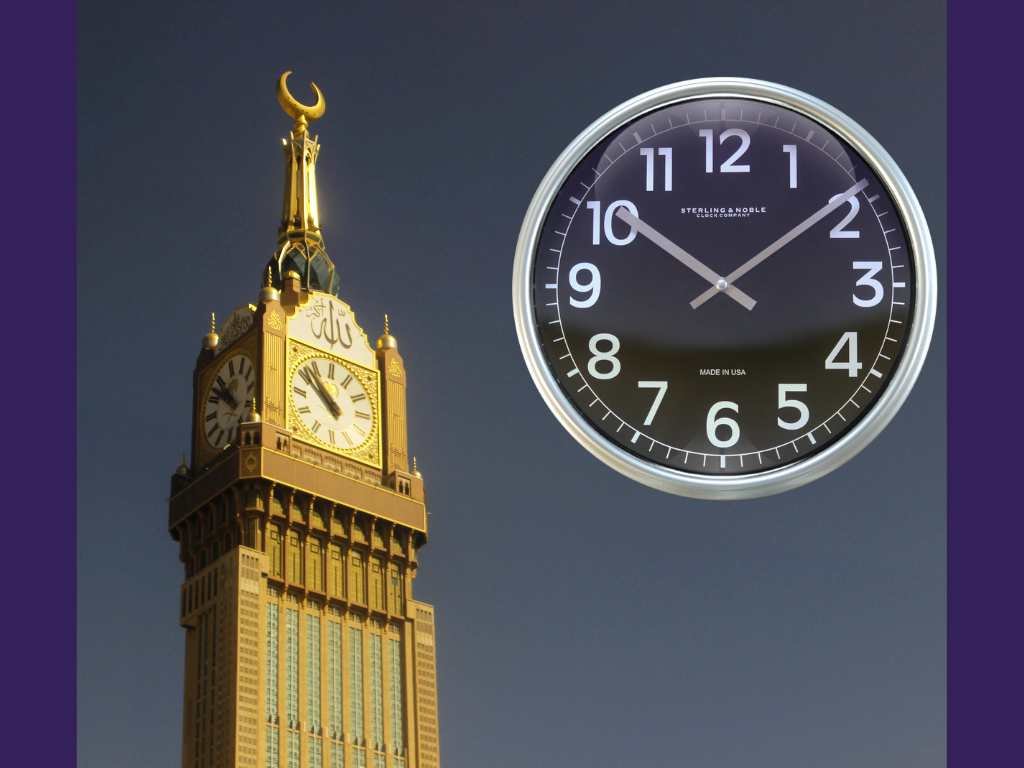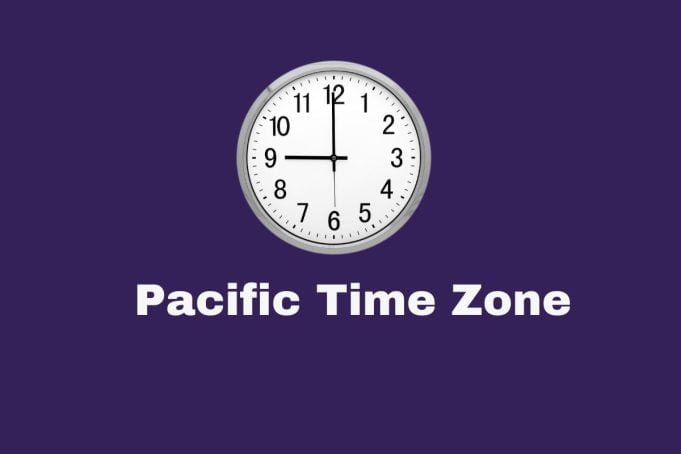One of the time zones in the world is the Pacific Time Zone. It’s based on the mean solar time of the 105th meridian west of the Greenwich Observatory. It is usually 8 hours ahead of Coordinated Universal Time.
The United States, Canada, and Mexico are all in the same time zone. Los Angeles, California, is the largest city in the zone, and its metro area is the largest in the zone. During Daylight Savings Time, UTC7 is used to show the time in the Pacific Standard Time zone.
The name for this time zone is Pacific Time (PT). Pacific Standard Time (PST), which is UTC-8, is in effect during the winter. In the summer, Pacific Daylight Time (PDT), which is UTC-7, is in effect.
What is Pacific Standard Time?
Pacific Standard Time is the most Western time zone in the United States and Canada that are joined together. It is also used in the Mexican state of Baja California. It goes through all or parts of five US states and two Canadian provinces or regions.
The third most popular time zone in the US is the Pacific Standard Time zone. It goes between Canada and Mexico. In North America, Pacific Standard Time and Mountain Standard Time (MST) are right next to each other in the east.
Pacific Time Zone Information

The Pacific Time Zone is a standard time zone that is used when Daylight Saving Time (DST) is not in force, from the first Sunday in November to the second Sunday in March. The rest of the year, people use Pacific Daylight Time (PDT).
The Pacific Standard Time Zone is part of the United States that is west of the line that divides the Mountain Standard Time Zone from the Pacific Standard Time Zone. It does not include any of the State of Alaska.
The states of California, part of Idaho, Nevada, most of Oregon, and Washington are all part of the Pacific Standard Time zone. Idaho is in the Mountain Time Zone and the Pacific Time Zone. See where the Pacific Time Zone and the Mountain Time Zone meet.
Daylight Saving Time Change in 2023
The Pacific time zone follows the same rules for daylight saving time as the other US time zones.
- At 2:00 p.m. on the second Sunday of March, the clocks are moved forward one hour.
- At 2:00 p.m. on the first Sunday of November, the clocks are set back one hour.
Locations in The Pacific Standard Time Zone
The following areas are included in the time zone:
1. United States
- California
- Washington
- Oregon
- Nevada
- Idaho Panhandle
2. Canada
- British Columbia
- Yukon
- Tungsten
- Northwest Territories
3. Mexico
- Baja California
How to Convert PST to Other Time Zones?
There are many online tools available today that can help you adjust times to different time zones. People used to have to do a lot of complicated math to figure out what time it was in some parts of the world, but now it’s much easier.
In fact, you can easily change PST to other time zones by using tools like our Time Zone Converter. But if you want to know how to change Pacific Standard Time to other time zones, here’s a quick guide you can use wherever you are:
Mountain Daylight Time is one hour behind Pacific Daylight Time.
Central Daylight Time (CDT) is two hours ahead of PDT.
The time difference between PDT and EDT is 3 hours.
So, to go from PDT to MDT, you need to add one hour; to go from PDT to CDT, you need to add two hours; and to go from PDT to EDT, you just need to add three hours. Also, keep in mind that:
The Hawaii–Aleutian Time Zone is two hours ahead of PDT.
The Alaska Time Zone is one hour behind PDT.
PDT is one hour behind the Atlantic Time Zone, which is four hours behind.
What is The Difference Between Pacific Time and Eastern Time?
The time change between Pacific Time and Eastern Time is three hours. Some parts of the US are in both time zones. In one case. Eastern Time is used in Washington D.C., while Pacific Time is used in Washington.
1. Eastern Time in US and Canada
- Eastern Standard Time (EST) = UTC – 5
- Eastern Daylight Time (EDT) = UTC – 4
2. Pacific Time in US and Canada
- Pacific Standard Time (PST) = UTC – 8
- Eastern Daylight Time (PDT) = UTC – 7
Conclusion
The Pacific Time Zone holds significant importance and has a considerable impact on the lives of those residing within its boundaries. Spanning the western coast of the United States and Canada, it encompasses vibrant cities such as Los Angeles, San Francisco, Vancouver, and Seattle.
This time zone plays a crucial role in various sectors, including commerce, transportation, and communication, as it serves as a key connection point between Asia and the Americas. Additionally, the Pacific Time Zone’s unique geographic location provides stunning natural landscapes and diverse ecosystems, attracting tourists and outdoor enthusiasts alike.
Overall, the Pacific Time Zone represents a dynamic region that combines economic vitality and natural beauty.
Frequently Asked Questions (FAQs)
Where is the Pacific time zone?
Even though the Pacific time zone is only used in parts of three countries, it is known all over the world because of the big cities on the west side of the United States. It goes from Vancouver, Canada, to Seattle, San Francisco, Los Angeles, San Diego, and Baja California, Mexico, along the Pacific coast.
What GMT is Pacific time?
Pacific Standard Time (PST) is also known as UTC/GMT -8. The Pacific Time Zone is a time zone that keeps standard time by removing eight hours from Greenwich Mean Time (UTC/GMT -8).
What countries are in Pacific Standard Time?
Countries in the Pacific Standard Time zone. The PST applies to parts of the United States, Canada, and Mexico, but not all of them. In the U.S., the full states of Washington and California are on Pacific Standard Time.
Is California a Pacific time?
The Pacific time zone is where the state of California is. About November through March is when Pacific Standard Time (PST) is in effect. April and October is when Pacific Daylight Time (PDT) is in effect.
What is Pacific time UTC?
Coordinated Universal Time (UTC) is 8 hours ahead of Pacific Standard Time (PST). During standard time, this time zone is used in North America.
















[…] Washington. Located in the Pacific Northwest region of the United States, Washington is part of the Pacific Time Zone (PT). However, the concept of time here is more than just a standard setting on clocks across the […]
[…] shines as a bustling hub. It nests at the crossroads of two continents and is the gateway to the Pacific and Atlantic Oceans. This strategic spot has a story to tell, especially when we speak of time […]
[…] The dry season continues on the Pacific coast, while the Caribbean coast experiences slightly less rainfall. February is an excellent month for […]
[…] United States. Idaho Time Zone provided service in two time zones. Idaho’s north is in the Pacific Time Zone, while its south is in the Mountain Time Zone. Boise, Twin Falls, and Pocatello are among the […]
[…] Read More: Pacific Time Zone […]
[…] located in the Pacific Time Zone (PT), and London, in the Greenwich Mean Time Zone (GMT) or British Summer Time (BST), are separated […]
Comments are closed.